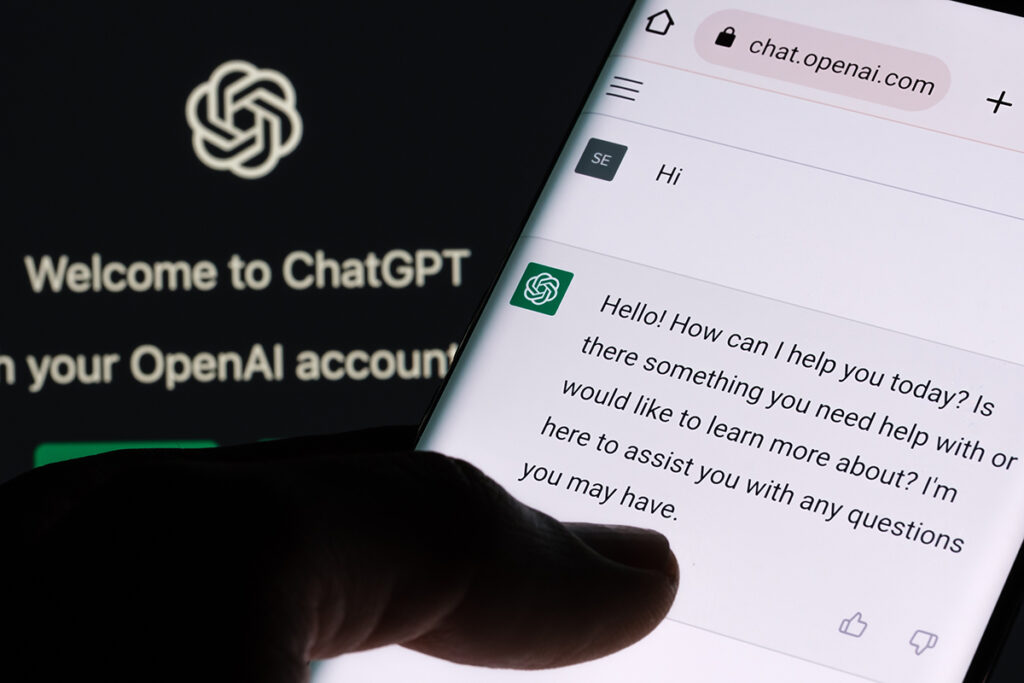In a groundbreaking collaboration, OpenAI has joined forces with Los Alamos National Laboratory to leverage artificial intelligence (AI) in strengthening U.S. nuclear security and advancing scientific research. The initiative will deploy AI-powered supercomputers to mitigate the risks of nuclear war while securing nuclear materials worldwide.
At the core of the partnership, OpenAI and Microsoft will integrate the O1 language model—or another O-series AI—into Venado, a state-of-the-art supercomputer at Los Alamos. Venado already plays a critical role in national security research, tackling complex challenges in disease treatment, astrophysics, power grid stability, and cybersecurity. OpenAI’s involvement aims to expand these capabilities further, reinforcing AI’s role in scientific and technological progress.
Beyond nuclear security, the partnership focuses on several key research initiatives. AI-driven analysis will contribute to medical advancements by identifying new approaches to treating and preventing diseases. In the energy sector, AI will support the U.S. in maximizing the potential of natural resources while improving national energy infrastructure. The initiative will also enhance cybersecurity measures, helping to safeguard power grids and detect emerging threats—both natural and man-made—before they escalate. Additionally, AI applications will deepen research into fundamental physics and mathematics, reinforcing the country’s position in global technological leadership.
Despite the initiative’s scientific focus, concerns surrounding AI’s role in nuclear security persist. The collaboration does not involve AI in military decision-making or nuclear strategy. However, skepticism remains about the broader implications of AI’s increasing influence in high-stakes security fields. The use of AI in nuclear-related research is not new; Los Alamos has long incorporated AI into its projects, including a recent collaboration with OpenAI to explore AI applications in bioscience research.
Historically, AI and automation have played roles in nuclear security. The Soviet Union’s Dead Hand system, for instance, was capable of launching nuclear retaliations autonomously in the event of an attack. While OpenAI’s partnership with Los Alamos is centered on scientific advancements rather than military applications, the historical link between AI and nuclear systems fuels ongoing debates about its risks and benefits in security research.
As AI becomes more integrated into national security and scientific research, discussions about its ethical implications and potential risks will continue. While OpenAI and Los Alamos emphasize the partnership’s commitment to research and innovation, the broader conversation about AI’s role in nuclear security remains complex and ongoing.


